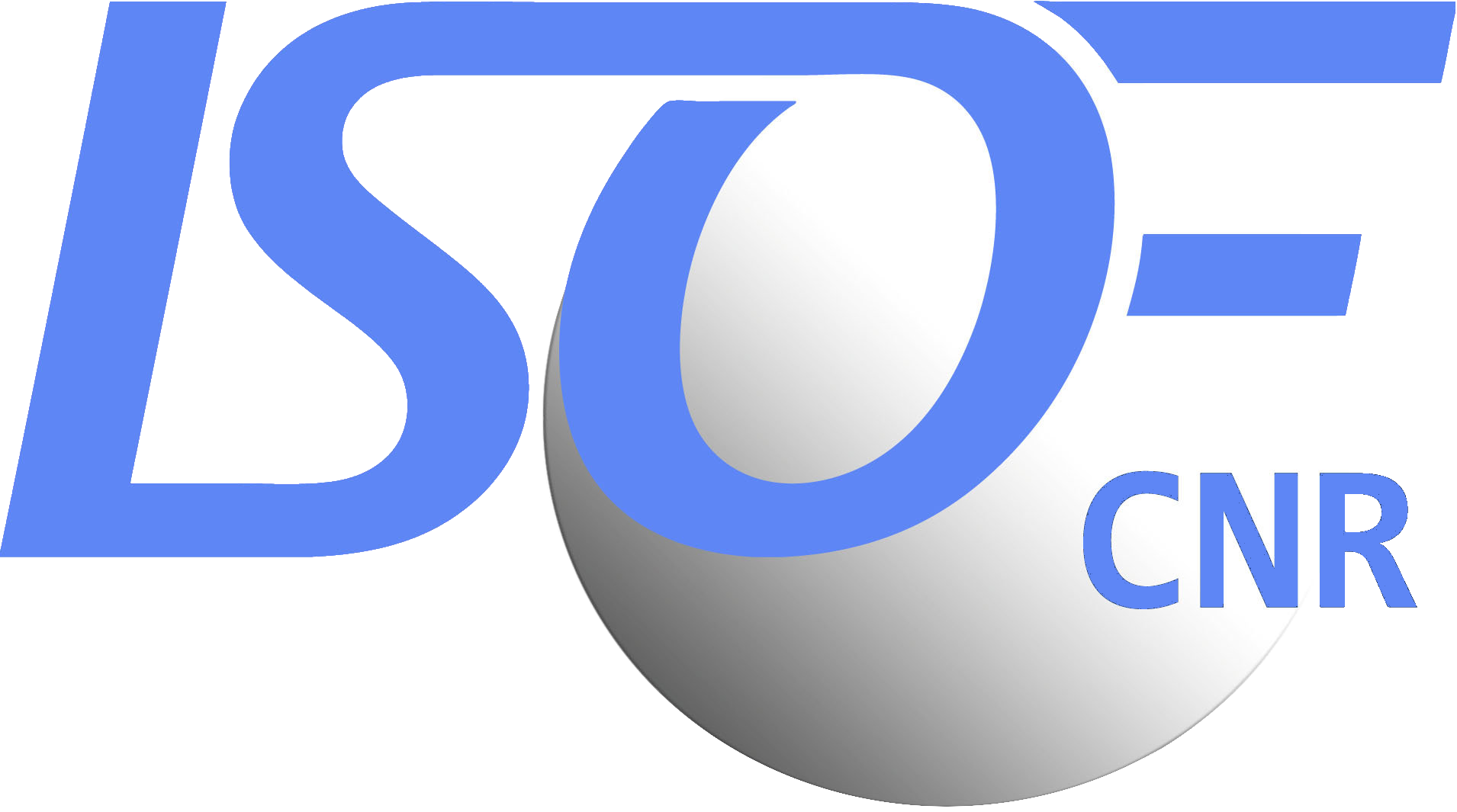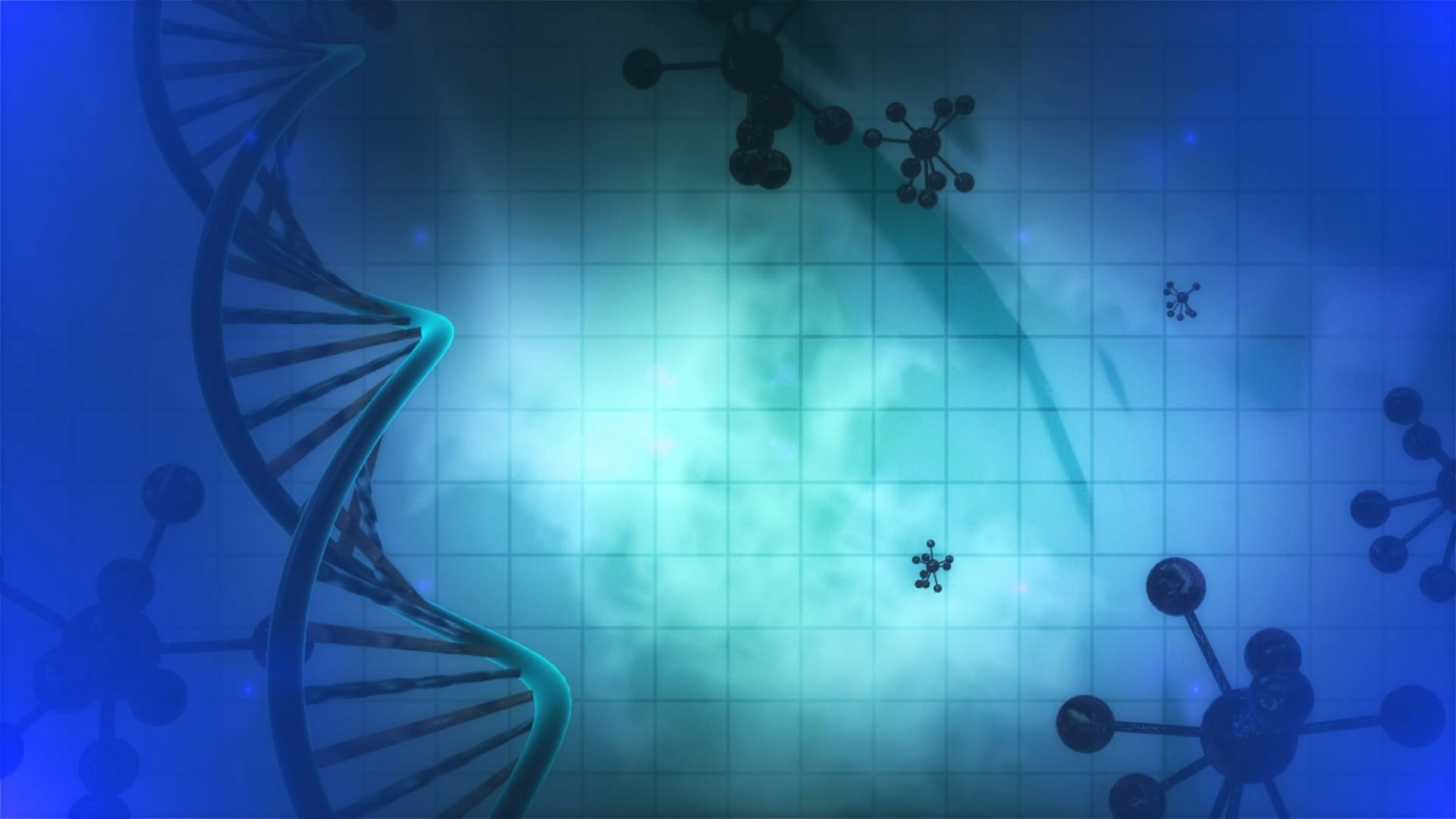The purification of drinking water from Emerging Contaminants (EC) is challenging since conventional wastewater treatment plants are not always effective in removing ED.
Currently, adsorption on Granular Activated Carbon (GAC) or membrane filtration/ reverse osmosis (RO) are the most useful technologies for EC removal at household or municipal scale. However, they failed on several pollutants (i.e. Perfluoroalkylsubstances, PFAS), moreover they have high operational/energetic/environmental and replacement-regeneration costs.
To tackle this challenge, in ISOF we are developing new technologies to capture dangerous contaminants in drinking water and therefore to purify it using nano-materials. As example, we use the high surface area, chemical tunability and stability of graphene and related materials (GRM) to develop new composite filters, able to remove EC (heavy metals, drugs and PFAS) better than standard filters based on GAC or RO. Moreover, in order to enable disinfection and filter regeneration, at ISOF we also study new filters, where polymers are functionalized with photocatalytic materials. Such composite materials can combine the filtering action of the porous polymers with the anti-bacterial activity of the polymer membranes functionalized with photosensitizers. The intrinsic filtration capacity of the membrane, based on the tuneable size of the pores, is combined with the antibacterial capacity of the photosensitizer which can be also used to destroy the captured contaminants, reduce fouling and enable light assisted regeneration enhancing operational lifetime.
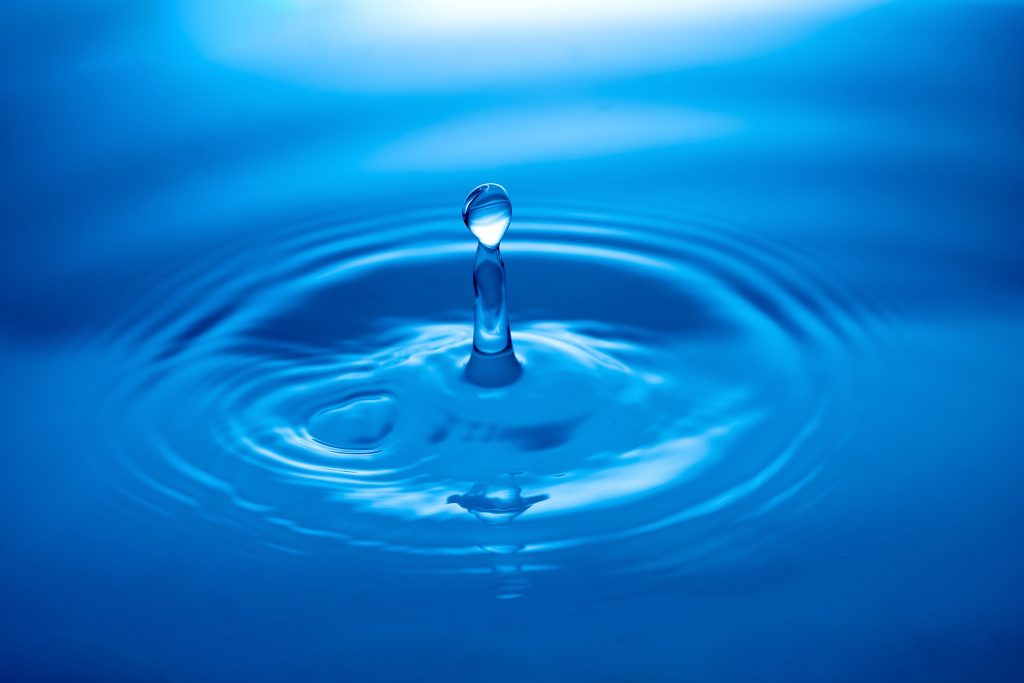
Latest news on water purification at ISOF
-
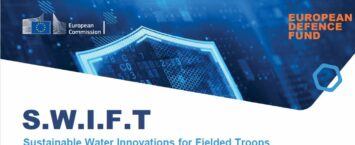
ISOF annonuces the new project: Sustainable Water Innovations for Fielded Troops (S.W.I.F.T)
We are delighted to announce our participation in a project under the European Defence Fund (EDF). The project, titled Sustainable Water Innovations for Fielded Troops (S.W.I.F.T), is …
-
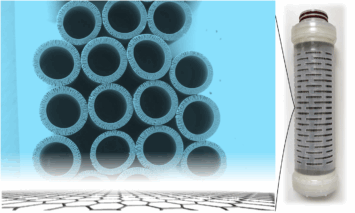
Academia-Industry Partnership Delivers Breakthrough Water Purification Technology
A successful collaboration between ISOF researchers and industry highlighted by Nature Water journal
-
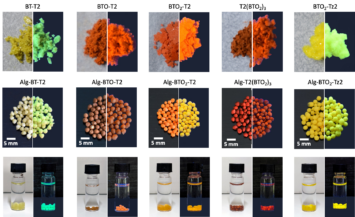
Innovative Alginate–Oligothiophene Aerogels for Water Purification
We are thrilled to share our latest research: “Alginate–Oligothiophene Aerogels as Photocatalysts for the Degradation of Emerging Organic Contaminants in Water”. This study represents a …
-
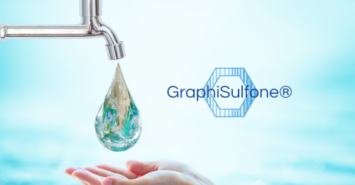
Medica S.p.A. and CNR register the Graphisulfone®
Medica S.p.A. and CNR register the trademark: Graphisulfone®. The idea was born from a collaboration between ISOF-CNR and Medica S.p.A. to promote an innovative technology …
-
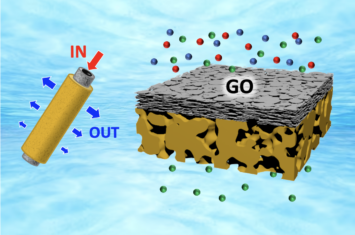
Selective ion filtration demonstrated on commercial filters
Graphene oxide can be applied on everyday devices to selectively filter ions.
-
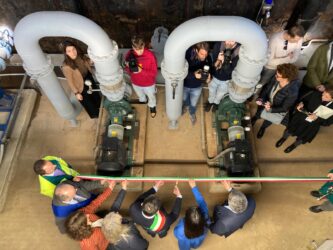
A new “Water living lab” inaugurated in Ferrara
The lab will test nano-materials for removal of pesticides, PFAS and other contaminants from our water.
-
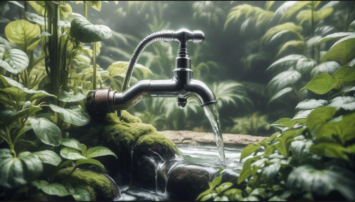
A new sensor to monitor glyphosate pesticides in tap water
CNR and University of Venice use Amino acid modified graphene oxide to capture and detect the pesticide.
-
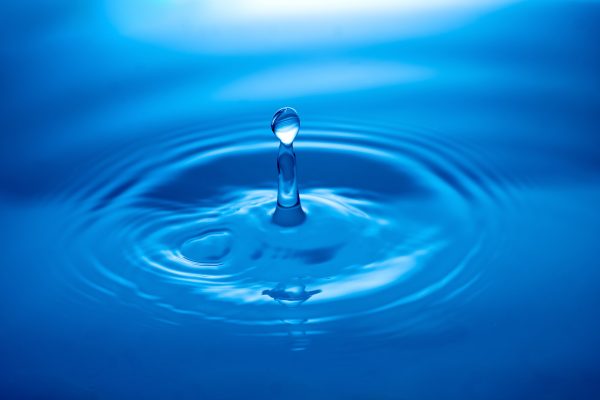
ISOF announces new nanotechnology product for water purification available on the market
Graphilsulfone product stemming from five-years collaboration of ISOF with Medica company SpA.
-
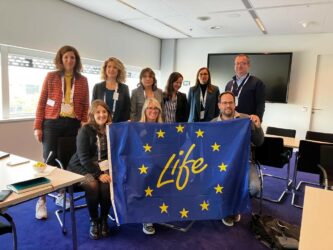
Aquatech 2023: ISOF researchers explore global trends and launching innovations
ISOF Researchers presented at Aquatech 2023 new patented “Life-Remembrance adsorbers”.
-
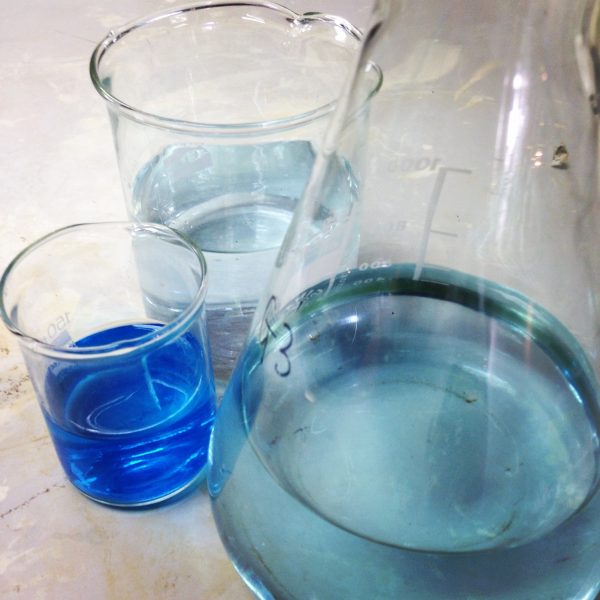
Experienced Researcher in Nano – composites for water treatment
ISOF_274_2023_BO Application deadline: October 31, 2023 We are looking for a highly motivated researcher to join our ongoing research efforts in the production and characterization …
-
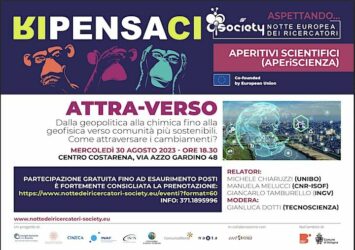
A “Scientific Aperitif” waiting for the European Night of Researchers
Scientific Aperitif waiting for the European Researchers Night in Bologna
-

Experienced researcher in Materials for Water Treatment
ISOF_270_2023_BO Application deadline: 31/08/2023 We are looking for a highly motivated researcher to join our ongoing efforts in conducting research activities related to the scientific …
-

ISOF research on water purification at Quasar
ISOF researchers are guests in the first episode of Quasar (Rai2) dedicated to sustainability and technology transfer
-
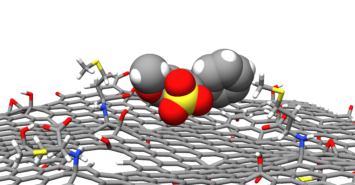
Amino acid modified Graphene Oxide for water remediation
New materials for Emerging Contaminants removal from water
-
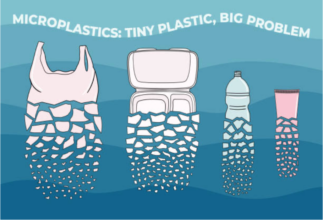
New collaboration to fight microplastic pollution in the oceans
ISOF and the University of Ferrara signed recently a collaboration agreement to study new methods to produce plastic, and to reduce plastic pollution in the …
-
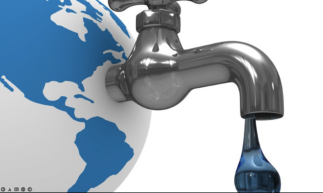
CNR-Industry collaboration to purify water from new PFAS contaminants
Perfluoroalkyl substances (PFAS) are a family of persistent compounds used in industrial processes and everyday products, including pharmaceuticals, adhesives, insecticides and fire retardants. PFAS have …
-
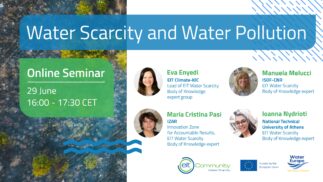
Europe targets Water Scarcity
Experts of the European Institute of Technology (EIT) and Water Europe gather to discuss an urgent and present danger.
-
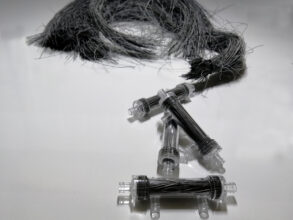
DRINKING WATER PURIFICATION BY GRAPHENE ENHANCED FILTERS
ISOF researchers and Medica SpA developed polysulfone-graphene based filters for water purification
-
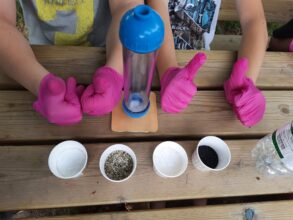
Kids learn about water purification
ISOF researchers organized a practical experience for a class of a primary school in Bologna (Italy) in the framework of EU project LIFE REMEMBRANCE. To …
-
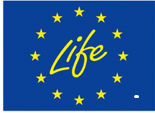
Life-Remembrance project has started!
‘Ensure access to water and sanitation for all (Sustainable development Goal 6, United Nations)’ Life-Remembrance will develop innovative water filters for the removal of emerging …
-
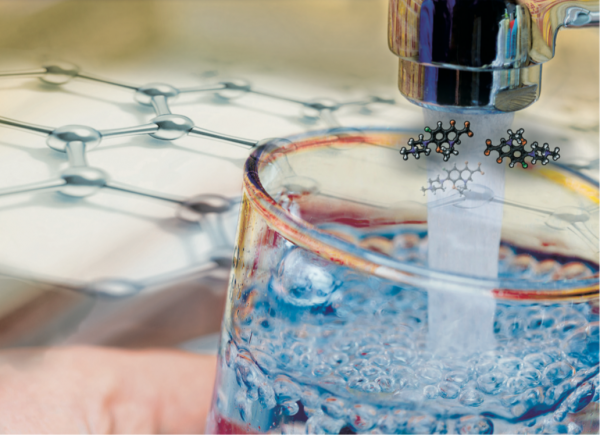
ISOF collaborates with HERA for water purification
New materials to keep our water safe.
